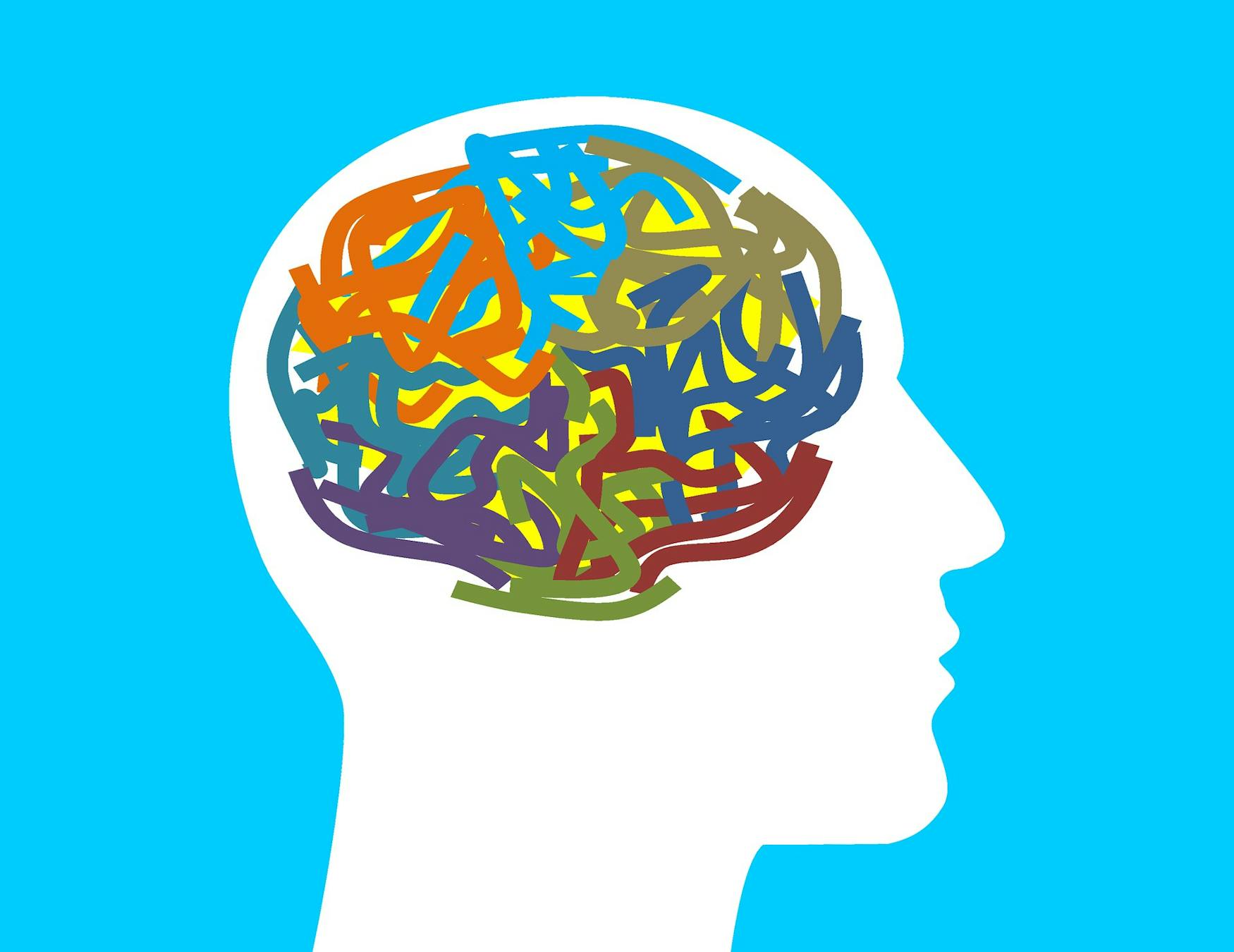Returning to Brandeis: our lives resume but our traumas persist
I thought I would be happy to return to Brandeis this fall. But as I drove to Theater Lot to check in and collect my dorm keys, the sinking feeling I had been experiencing all summer intensified. As the Department of Community Living student workers ushered cars through Theater Lot, many of them excited to see friends after a year and a half of virtual learning, I was caught in a state of disbelief. I kept thinking to myself, “Wow, this is happening. Everything is in person again, with limited to no restrictions.” The reality of living on campus during a pandemic hit me as one of the DCL staff members handed me my room key and informed me that if I did not get tested by 4 pm, I would have to quarantine myself for two days, whether or not I tested positive for COVID-19.
When I arrived at the Shapiro Science Center, I was astonished to see the line extending down the hallway. As I fumbled to pull up my campus passport, I observed signs of the pandemic everywhere, from the masks we wore and being tested every 96 hours, to completing the daily health assessment. But I wondered, how will we ever return to normal(ish) after experiencing both collective and individual traumas? Mentally, I am stuck in March 2020. I vividly remember when Brandeis sent out an email explaining the decision to shut down campus due to the emerging COVID-19 virus. I still remember the sighs both my roommate and I simultaneously exhaled as we looked at each other with both confusion and fear in our eyes. For some, we simply cannot be thrust back into the ebbs and flows of daily life and expect to adjust at the snap of a finger, especially when many of us still grieve for the time, opportunities and people we have lost over the last 18 months.
It was not until last week, as I was sitting bored in my dorm room, when I came across an article in The Atlantic entitled “What Happens When Americans Can Finally Exhale.” Journalist Ed Yong describes returning to “normal” as the following: “If you’ve been swimming furiously for a year, you don’t expect to really reach dry land and still feel like you’re drowning.” Last year, we generally worried about when the vaccines would be made and safely administered to the public. Now, even with the joy the vaccines have brought back to people’s lives, they are not enough to reconcile the many traumas individuals have experienced.
Over the summer, the more I became inundated with commercials, posters and jubilant announcements that proclaimed that New York is back, the more I asked myself — back to what, exactly? The more opportunities I had to get out of the house and experience our post-pandemic summer, I found more excuses for staying indoors. I realized that the person I was before and after the intensity of the past 18 months differered entirely. Dr. Christine Crawford, a child and adolescent psychiatrist at Boston Medical Center, explains this feeling distinctly: “When we’re thinking about the pandemic, for a lot of young people, this was the first time they experienced loss in their life. So, it’s almost like a test.” And this loss, while it can be interpreted as the loss of a person, also must be understood to include loss of time with friends and family.
It includes the loss of personal and professional opportunities and, in some instances, a loss of self as we try to navigate a new semester where Brandeis looks the same — we look the same too, but we do not feel the same.
Jean Rhodes, a psychologist at the University of Massachusetts, remarks that “Often when there’s an event of this nature, like a global pandemic where they may have suffered loss, it really does act as an inflection point.” For many, the pandemic has marred our perception of reality, in the worst cases demolishing any certainty and hope we had prior to the pandemic. If this is our inflection point, what exactly were we supposed to learn from this experience?
Even as we are more aware of ongoing racial injustices, the tumultuous results of climate change and the dangers of COVID-19, our eyes are peeled so far back that it becomes difficult to see anything else. The repeated traumas never seem to end, but our period of hibernation has.
So, how can those excited to jump into the new “normal’’ and others who resist the stress and anxieties both live more meaningfully during this time? It first comes with an understanding that while this time may be deemed a “post-pandemic reality,” the truth is that many are still experiencing the compounded stresses of the last 18 months. Even if and when we reach an eventual “end” to the pandemic, many will still be experiencing its effects. As journalist Laura Ellis beautifully puts it, “...as we enter into this new time of partial liberation, we carry with us wounds that have not been given the luxury to properly heal...and even though ballparks, bars, and churches are reopening, that doesn’t mean the trauma experienced by many in the wake of this pandemic is magically healed.” As we adjust to a new “normal,” we should allow ourselves to experience the range of human emotions, and understand that where joy is found, grief can also linger. Not doing so would be a loss in itself.



Please note All comments are eligible for publication in The Justice.